Tom's Guide Verdict
Dark Souls III is beautiful, balanced and fun, although it's not so different from the handful of games that preceded it.
Pros
- +
Challenging game play
- +
Fantastic visuals
- +
Deep character customization
- +
Story rewards knowledge of the previous games
Cons
- -
Not much has changed since Dark Souls II
- -
Sometimes skirts the line between fun and frustration
Why you can trust Tom's Guide
For years, the "Prepare to die" tagline has been synonymous with Dark Souls Everyone knows that as soon as you start your adventure into the bedraggled world of Lothric, you're signing up for a nonstop cavalcade of brutal deaths and tears of frustration.
Yet this slogan captures only a small part of the Dark Souls III ($60) experience. This action/role-playing game is hard, yes, but what you may not know is that it's also beautiful, balanced and fun. While it's not so different from the three or four games that preceded it, Dark Souls III is a memorable journey that will both try and reward your patience.
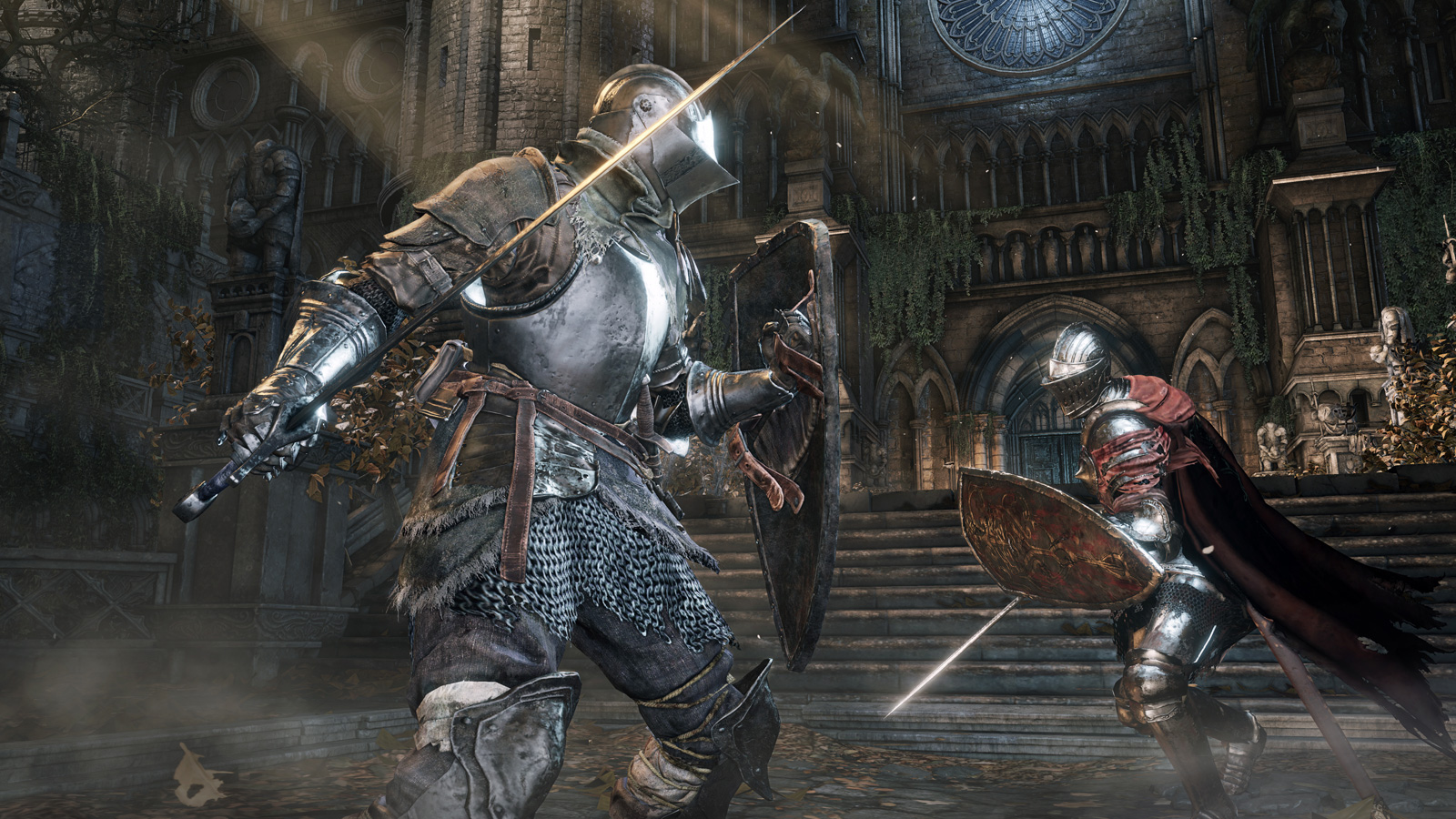
Gameplay: Trial by fire
As demonstrated in titles ranging from Demon's Souls in 2009 to Bloodborne in 2015, From Software has a very particular game-design philosophy. Dark Souls III (available on PS4, Xbox One, and PC; PC version reviewed) continues that trend. When the game begins, you customize your character's appearance, choose a class and set off into the world as an Unkindled, a peculiar variety of undead who can reclaim a portion of their mortality by enkindling Embers of a primordial fire. The class selection gives a good indication of what you can do in Dark Souls III, as you can play as a stalwart warrior, a resolute knight, a magical sorcerer, a cunning assassin, or a nearly naked wanderer deprived of all armor and equipment, among others.
MORE: Most Anticipated Games of 2016
Customizing a character has always been one of the joys of the Souls series, and Dark Souls III is no exception. Starting classes don't lock you into a particular path. If you start as a sorcerer and decide you'd rather pick up a sword and shield, there's nothing stopping you from pumping points into Strength and Vitality, or upgrading a broadsword with chunks of magical titanite. From your equipment to your stats to your appearance, there's a ton of ways you can make a character uniquely your own. But to do so, you'll need souls, and lots of them.
As an Unkindled, your character has the ability to absorb souls from defeated enemies, then spend them on upgrades. While it may sound simple, this is where Dark Souls III makes you work for your fun. You'll take on a variety of grotesque foes, including undead soldiers, fire-breathing demons, ghostly apparitions, snarling beasts and sorcerous skeletons, and most of them can lay you low in just a few hits. Combat in Dark Souls III is measured and strategic, but can also be fast and brutal. Every enemy has a unique set of tactics, and you'll rarely fight just one foe at a time.
This is where Dark Souls III positively shines. You'll rarely encounter an enemy who feels unbeatable, but at what cost? You may expend your limited supply of healing potions, leaving you to trek back to refill them at the closest bonfire (which provides safe haven, but also makes enemies re-spawn), or you may trek ahead and find yourself facing down the next challenge with just a sliver of health left. Tough foes, multiple enemies, vertical environments, traps and hazardous terrain make every new area fraught with peril. The only way to deal with the danger is to approach unfamiliar territory carefully and methodically, and to be willing to learn from your mistakes.
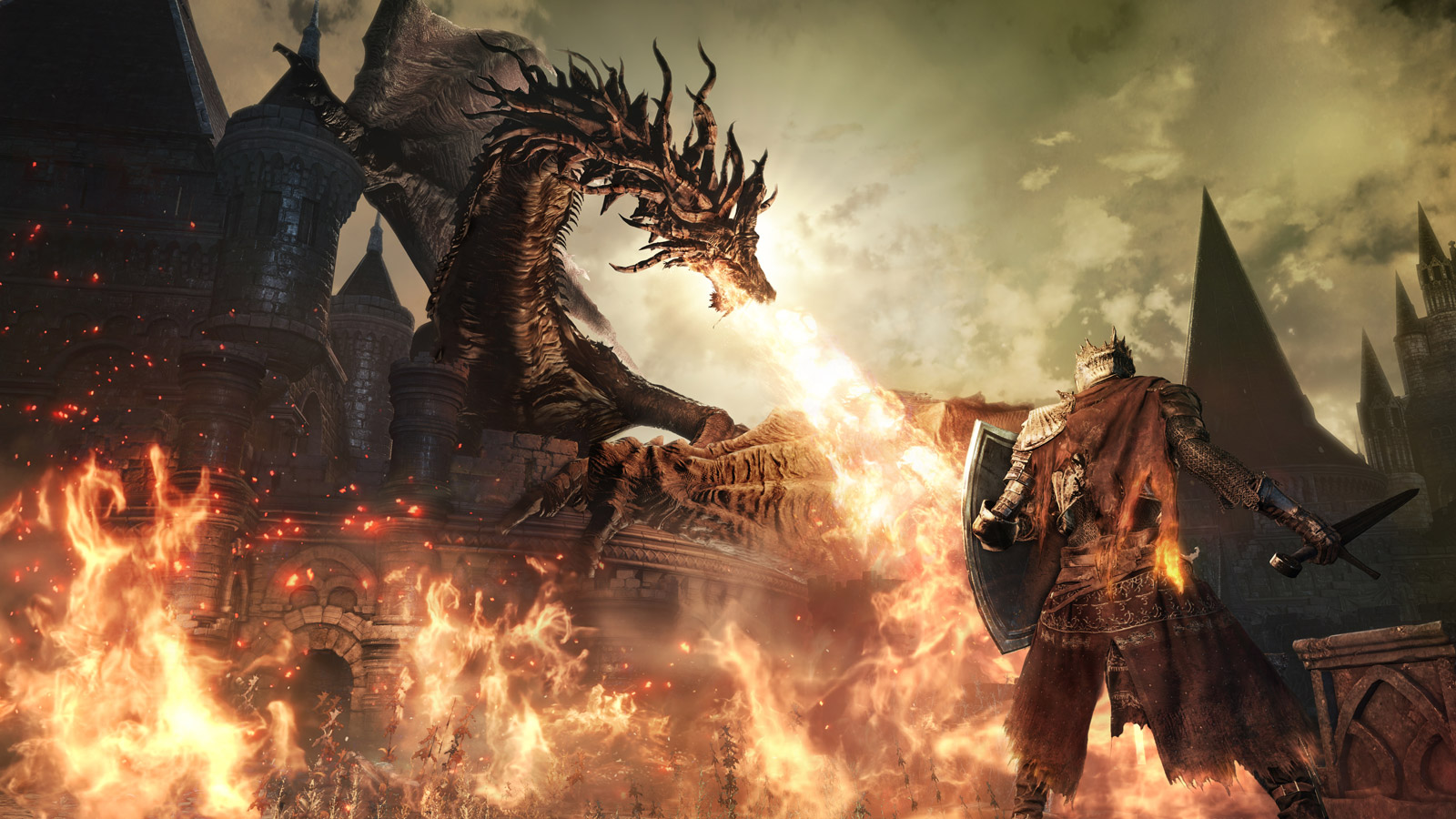
Difficulty: Prepare to die
The beauty of Dark Souls III is that it does encourage you to make mistakes — in moderation. If you die, you'll lose your souls. You have one chance to recover them, by trekking back to the spot where you perished. If you die en route to that spot, though, those souls are gone forever; it's a nice carrot-and-stick encouragement to avoid making the same flub twice. You'll also lose a chunk of your maximum health, but you can restore that by collecting semirare Embers or by defeating bosses.
Speaking of bosses, Dark Souls III does not disappoint. Toppling these massive creatures requires skill, strategy and patience, but it's worth it if only to see the bizarre beasts and spectacular techniques on display. I won't spoil any of the eldritch terrors that the game throws your way, but defeating any boss in Dark Souls III feels as satisfying as beating the final boss in almost every other game.
Still, Dark Souls III is the third game in a series (fourth, if you count Demon's Souls; fifth, if you count Bloodborne), and not much has changed from a game-play perspective. The overall speed of combat and exploration is a little faster, although not quite at Bloodborne levels.
The way magic works also got a bit of a redesign. It now relies on an upgradeable pool of Focus Points, rather than on a D&D-style "one-and-done" approach. Focus Points also benefit melee and archer characters, though, because every weapon now features a secondary mode that dips into this resource. A broadsword might get a better parry, while a bow might be able to fire faster. It's a useful improvement, although not a game-changing one.
As always, the game possesses both asynchronous and synchronous multiplayer. You'll usually interact with other players by leaving them messages, or reading theirs, to warn of impending dangers or point them toward hidden treasure. You can also invade other players' worlds to slay them, or team up with them to conquer tough bosses. The mechanics aren't always straightforward, but the game does a good job of introducing the methods gradually, as well as letting players join various factions to suit their online play-styles.
Beyond that, Dark Souls III is just what it sounds like: a sprawling, exploration-heavy game with a high level of difficulty and character customization. The formula hasn't changed much since Demon's Souls, but there's not much that needs changing.
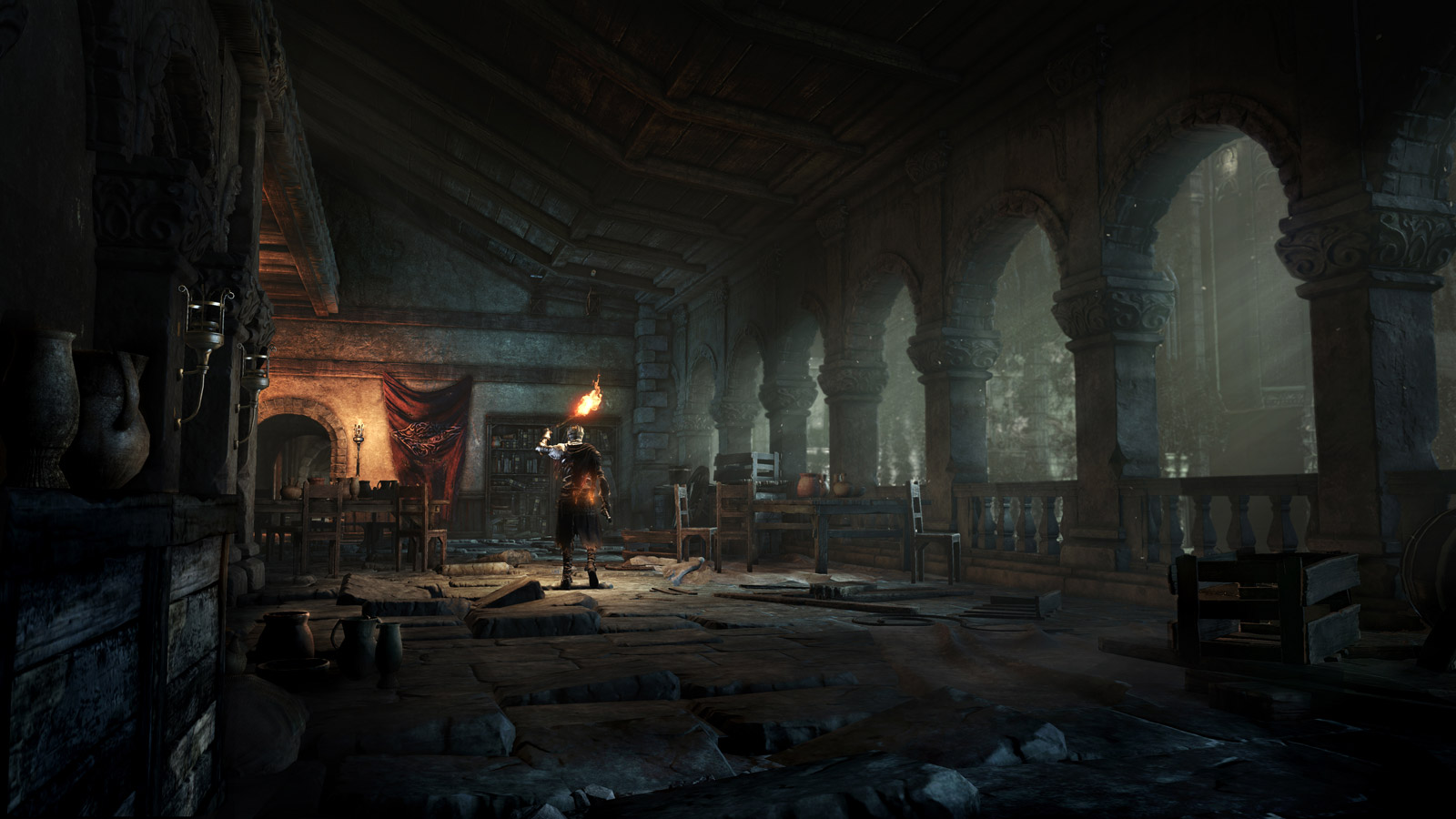
Story: A history of suffering
In the medieval fantasy world of Lothric, the thrones occupied by the four Lords of Cinder sit empty. Forsaken undead roam the countryside, occupying the realm's once-great castles, keeps, forests and cathedrals. However, a select few undead known as the Unkindled can transcend death. If an Unkindled could return the Lords of Cinder to their thrones, Lothric might ease its descent into entropy — but the once-heroic Lords won't come quietly.
Dark Souls III's story is vague, minimalist and opaque, which is just the way it should be. The series has never been much for epic, sweeping stories that clearly detail every plot point. Rather, the narrative unfolds organically, as you piece together who the Lords of Cinder were, the history of Lothric and how you fit into this narrative. You'll get dribs and drabs of story everywhere: sparse dialogue with other characters, item descriptions and even the level architecture itself.
What makes Dark Souls III interesting is that it's the first time the series has experimented with more-or-less overt throwbacks to previous games. If you're familiar with the events and locations from the first Dark Souls, you'll probably be delighted to explore them again. While understanding the first two Dark Souls games isn't strictly necessary to enjoy the third, it feels rewarding to encounter characters, items and places, and see their subtle changes over time.
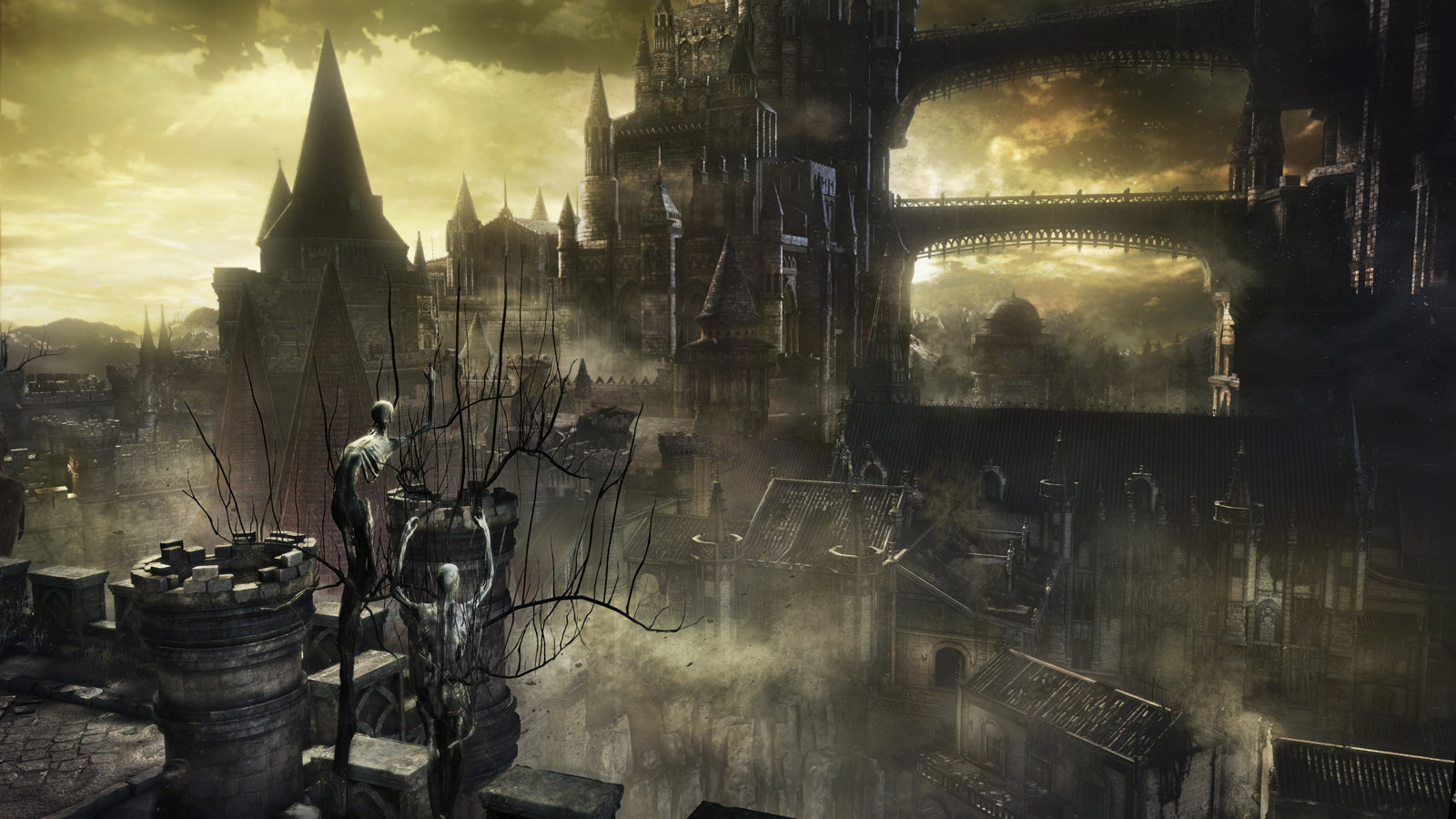
Art and Music: Bleak and beautiful
Manufacturer From Software designed Dark Souls III from the ground up for the PS4, Xbox One and modern PCs, and as such, this title is a substantial graphical leap from Dark Souls II. The crisp graphics and clean animations aren't the game's central focus, though; the beautiful, bleak art style is. Dark Souls III takes players through a variety of gorgeous and unsettling locales, including misty swamps, dilapidated cathedrals, lakes of fire, eerie catacombs and rimy cities. Like the game play, Dark Souls III's visuals are not very different from those in the titles that preceded it, but each level is a feast for the eyes.
Dark Souls doesn't use music much outside of boss fights, and the silence is just as effective in Dark Souls III as it was in the previous games. Instead of music, the game relies on high-quality sound effects and a smattering of strange voice acting. The clash of sword on sword, the twang of an arrow loosed from a bow and the whoosh of an exploding fireball all help make Lothric feel like a real and vibrant place — to say nothing of the chilling distant moans or footsteps of enemies that let you know a fierce battle could lurk just around the corner.
MORE: Dark Souls III: Everything You Need to Know
The voice acting is also inspired and weird, in the Shakespearean sense of the word. The inhabitants of Lothric are all a little off (you would be, too, if you were a sentient undead pledged to a vague but immutable goal), and their voices reflect it. Each line is full of unease, innuendo or sardonic humor, and characters never seem to come right out and state who they are or what they want. In most series, the performances would sound out of place, but here, they're perfect.
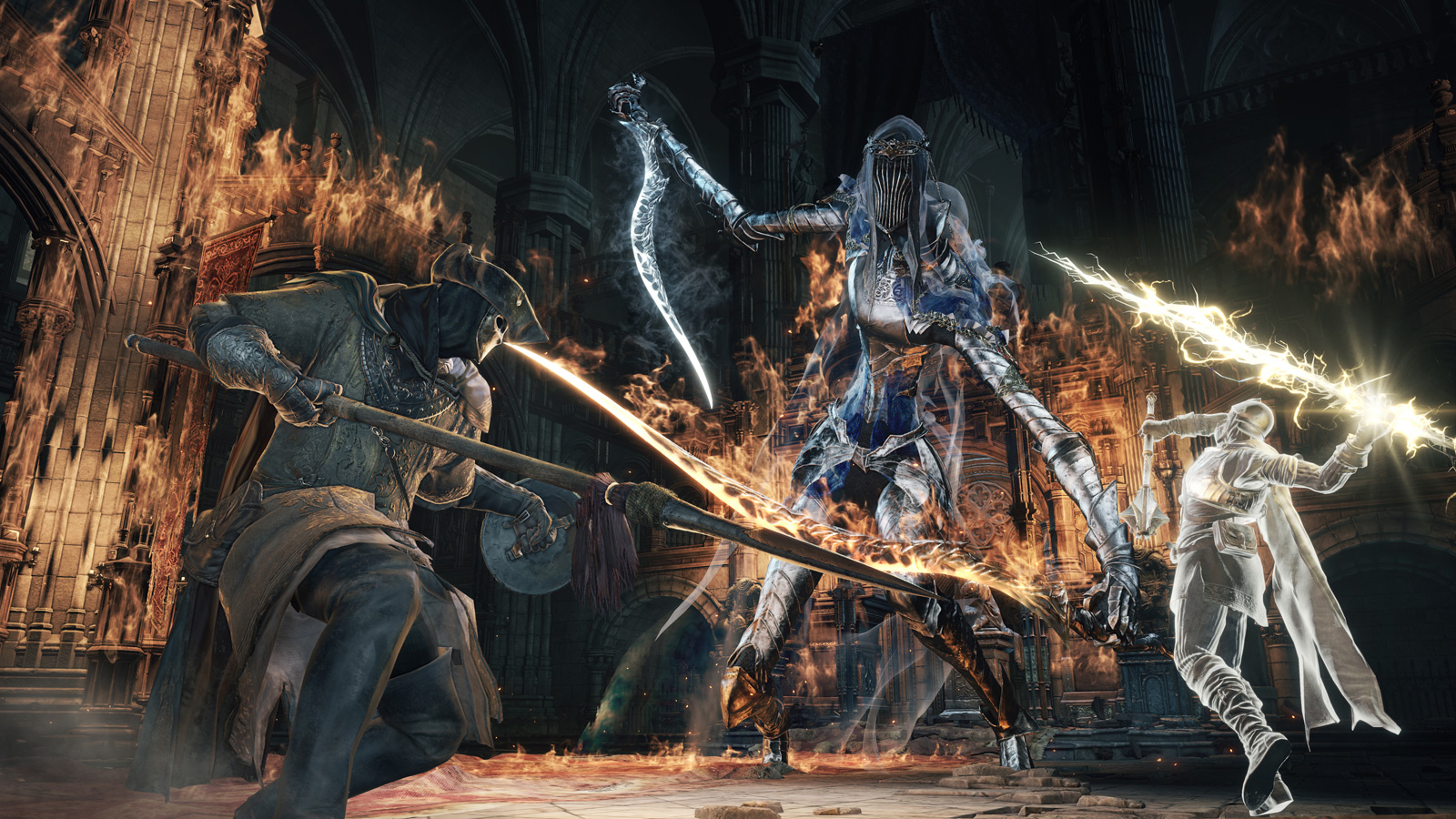
Bottom Line
Dark Souls III has the same pros and cons as the four games that preceded it. It's tough, but fair. It's beautiful, but bleak. It's rewarding, but punishing. I was very pleased to spend dozens of hours tackling the game's challenges and discovering its secrets, and I imagine most fans of the series will feel the same way.
The changes since Dark Souls II are incremental, but the trade-off is that the game finally feels like a cohesive chapter in an advancing story, not a tenuously connected tale. While I can't think of anything in particular to recommend Dark Souls III over Demon's Souls, Dark Souls, Dark Souls II or Bloodborne, I can think of plenty of things to recommend it over almost any other game on the shelf lately. Pick it up, be patient, and may the flames guide thee.
Marshall Honorof is a senior editor for Tom's Guide, overseeing the site's coverage of gaming hardware and software. He comes from a science writing background, having studied paleomammalogy, biological anthropology, and the history of science and technology. After hours, you can find him practicing taekwondo or doing deep dives on classic sci-fi.

